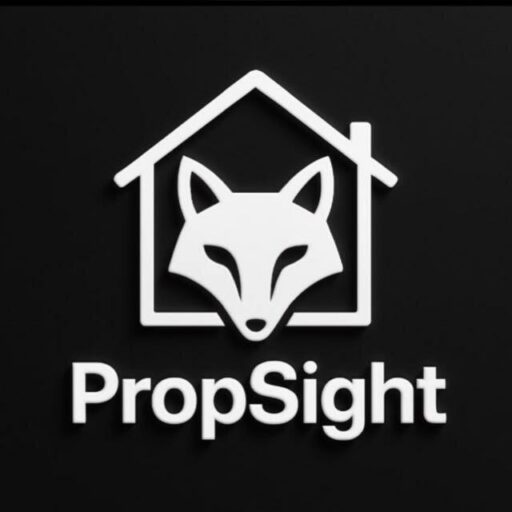Considering a room revamp, but not sure where to begin—or how much to invest? In our latest series, One-Room Renos, we explore renovation projects big and small, from soft-good upgrades you can accomplish in a weekend to total overhauls that cost a small fortune and take months (or longer).
Today, a young creative shares how he created the backyard workspace of his dreams in Waco, Texas.
Tell us a bit about your backyard home-office project.
I’d worked from the sofa for years and always wanted a workspace of my own. I believe that where you work is just as important as what you work on.
What were you envisioning?
Ideally, I wanted a workspace in nature, but this is Texas—you can’t work outside because it’s roasting. A studio in my backyard was the next closest thing. My wife and I have three acres behind the house that we weren’t using.
How did you get started?
First I hired someone with a skid steer to clear the land. They took out a lot of trees, leveled the ground and cut some trails.
What came next?
With the setting in place, it took me five days to draw the sketches. Part of the process was visualizing. I would put tape measures on the ground and walk around. That helped me realize what felt good.
I had also researched what was the greatest allowable width for a house if you were to move it short distances. It’s 14 feet, so I picked that. I’ve been in a lot of tiny homes that were 8 or 10 feet across, and those felt too constricted.
Tell us more about the floor plan.
The space had to function as my home office. The majority of the building is my workspace with a reading nook and kitchenette. That’s where I spend most of my time. I also created a separate art and music room where I can sketch, and my wife can play her piano. There’s also a sleeping loft upstairs. I knew we’d have guests that wanted to stay, so it’s the cherry on top.
What’s the overall design vibe?
Think: Japan meets Scandinavia meets Texas. Charred-cedar cladding outside, white oak finishes inside, and native limestone tying it all together—with plenty of glass to bring the outdoors in.
Where did the money for the project come from?
I sold Live Oak Lake, an Airbnb property that I’d worked on for two years. When we built Live Oak Lake, we didn’t intend to sell right away, but running a hospitality business is a huge and heavy weight, no matter how much you automate or delegate. I realized that I saw myself more as a builder than an operator. I always said I would sell if the right offer came along, and it did. That sale freed up time and capital.
What was your biggest expense?
The furnishings. After that, the landscaping. Both were more than I planned for, but landscaping provides the highest return on investment. It’s the one expense everyone overlooks because it comes at the end of the build process when you’re typically already over budget. However, landscapes appreciate in value, while buildings depreciate. The day you plant the tree is when it has the least value of its life. They mature and get better over time. Besides, the whole space is about immersing yourself in nature, so I overindexed on that.
What did the landscaping costs include?
I paid $48,000 for grasses, trees and plants, the flagstone pathway, and an irrigation system.
What were your labor costs like?
I hired a freelancer on Fiverr to take my napkin sketches—which had dimensions—and use CAD design software to convert them. I also hired a draftsman to create an official, buildable set of plans. And I hired Martinez Construction in Waco to manage the building envelope, so to speak, and the systems, like HVAC. I managed all the details, the built-ins, and interior finishes.
Do you have your general contractor license?
No, but you don’t need one here in Texas. My dad was a builder and took me to job sites. Then, starting in high school, I worked as a project manager for him. I had a lot of real world experience before doing my own thing.
What are some unique features of the studio?
I didn’t use traditional windows. I used low-emissivity coating, double-pane glass with wood trim to match the siding. The windows are a detail most people wouldn’t care that much about, but I did because it made it feel like I was outside. It creates the cleanest passthrough into nature—and it saves money in the long run.
Tell us more about your roof.
Our roof has a skylight—and a hidden gutter. I knew we’d need a gutter, but I didn’t want to see it, so I framed it in. You can only see it if you’re looking down at the roof. Sometimes great design is just as much about what you do see, as what you don’t.
Are there any interior details that really stand out?
I used Texas limestone on two sides of an interior wall. That detail helps make the whole place.
Do you think the studio will increase your home’s value?
I wasn’t thinking about resale value. This was always a splurge item. It’s the best investment because it’s investing in a space for me to create my future creations. “The Nook” is a cohesive, magical experience, and it’s hard to put a price tag on that.
